Long-necked dinosaurs migrated hundreds of miles, 'stomach stones' reveal
These stones were carried more than 600 miles in the 'belly of a dinosaur.'
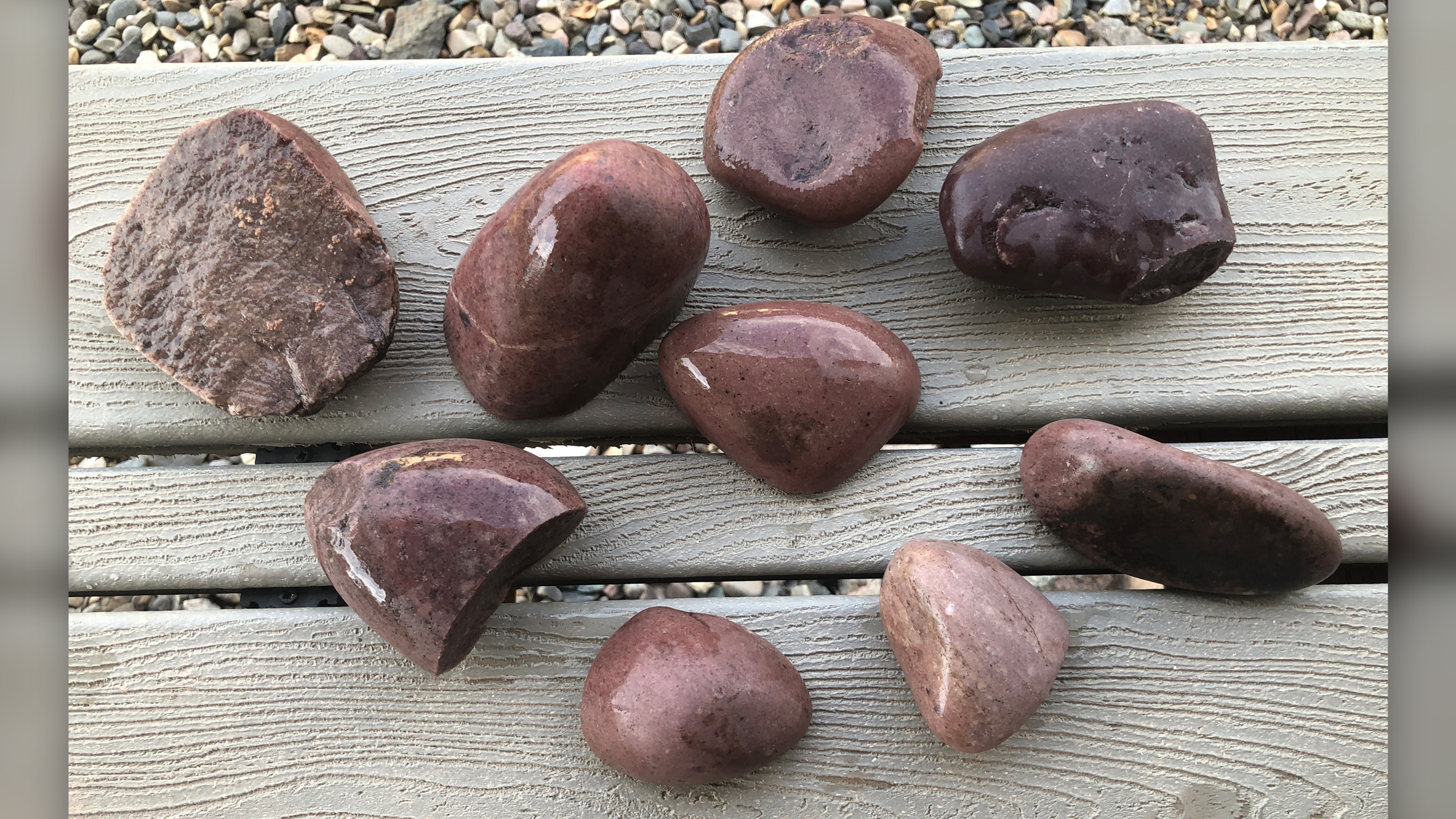
During the Jurassic period, long-necked dinosaurs migrated hundreds of miles across what is now the American Midwest, a new study finds.
How do researchers know that these giant beasts migrated? The dinosaurs gulped down pink stones in what is now Wisconsin, trekked westward more than 600 miles (1,000 kilometers) and then died in the area that's now Wyoming, leaving the stones in a new location.
"We believe [that these stones] were transported from southern Wisconsin to north-central Wyoming in the belly of a dinosaur," study lead researcher Josh Malone, a graduate student in the Jackson School of Geosciences at the University of Texas at Austin, told Live Science.
This new finding is "one of, if not the longest inferred examples of [nonavian] dinosaur migration" on record, added study co-researcher Michael D'Emic, an associate professor in the Department of Biology at Adelphi University in New York.
Related: Photos: School-bus-size dinosaur discovered in Egypt
The study is the first of its kind to use so-called stomach stones — rocks known as "gastroliths" that are swallowed to help grind food in the stomach — as a proxy for dinosaur migration, Malone said. But Malone didn't initially set out to puzzle over dinosaur migration, a little-studied topic in paleontology. Rather, he was visiting his father, David Malone, a geologist at Illinois State University, who was doing a mapping project in Wyoming in 2017.
"I wasn't into geology yet — I was just visiting my dad just for fun," Malone said. "We were walking around in the Bighorn Basin, and we kept on seeing these polished stones in the [late Jurassic] Morrison Formation. I asked, 'Dad, what are these?' And he said, 'Oh, they're gastroliths.'" But when Malone asked his dad where the gastroliths came from, his dad wasn't sure.
Sign up for the Live Science daily newsletter now
Get the world’s most fascinating discoveries delivered straight to your inbox.
"That was the beginning of it all," Josh Malone said. "That day that we spent in the field is what got me into geology." The project became his senior thesis at Augustana College in Illinois, and it was published online Feb. 27 in the journal Terra Nova.
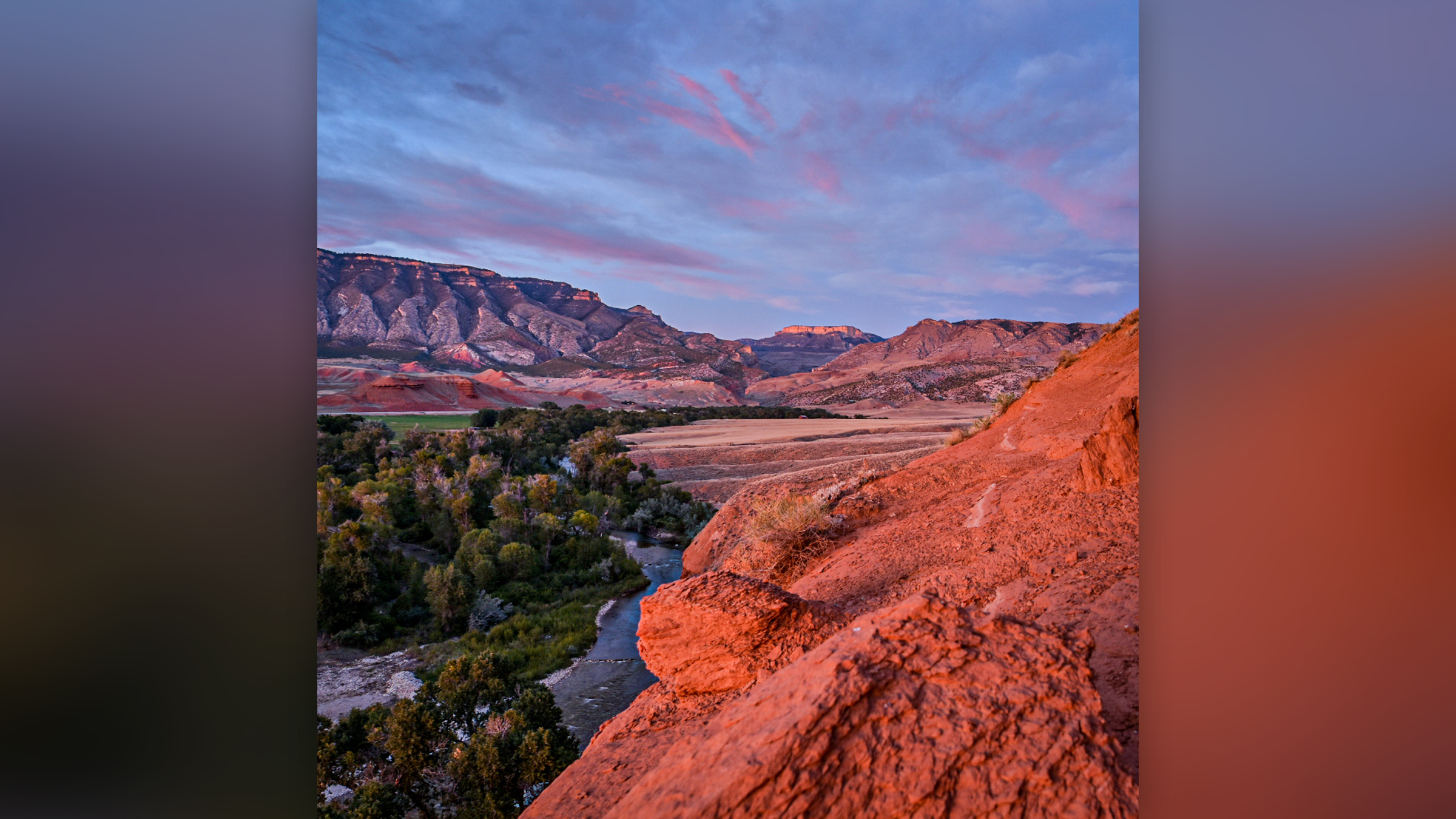
From that trip in the field with his dad (who is a co-researcher on the study), Malone collected hundreds of the pink quartzite gastroliths, took them back to Augustana College and crushed them to get the zircon crystals out. "We do that because these zircons provide a pretty good fingerprint to where they came from," Malone said.
Geologists already know that pink quartzite, like the samples Malone found in Wyoming, occurs only in a handful of places throughout North America, including Idaho, Montana, New Mexico and Wisconsin. By determining the ages of the zircons within the quartzite samples, Malone and his colleagues were able to match the stones with the already-dated pink quartzite across the continent.
"Once we got the results from those gastroliths in Wyoming, we did a statistical analysis on them, and they matched with the Baraboo Formation quartzite in Wisconsin," Malone said. Moreover, the gastroliths were also "indistinguishable" from the Baraboo quartzite "in terms of texture, composition and heavy minerals," the researchers wrote in the study. This brought the team to the next part of the study: How did 1.8-billion-year-old quartzite from Wisconsin end up in a late Jurassic period (155 million to 148 million years ago) formation in Wyoming?
During the late Jurassic, the sediment in the Morrison Formation largely came from eastward-flowing rivers that originated out west, Malone said. But these gastroliths came from the east. In addition, there weren't any rivers connecting Wisconsin to Wyoming that flowed with enough energy to carry such large stones that entire distance, the researchers said. Perhaps, the team reasoned, dinosaurs migrating long distances carried them there.
Related: Photos: Duck-billed dinos found in Alaska
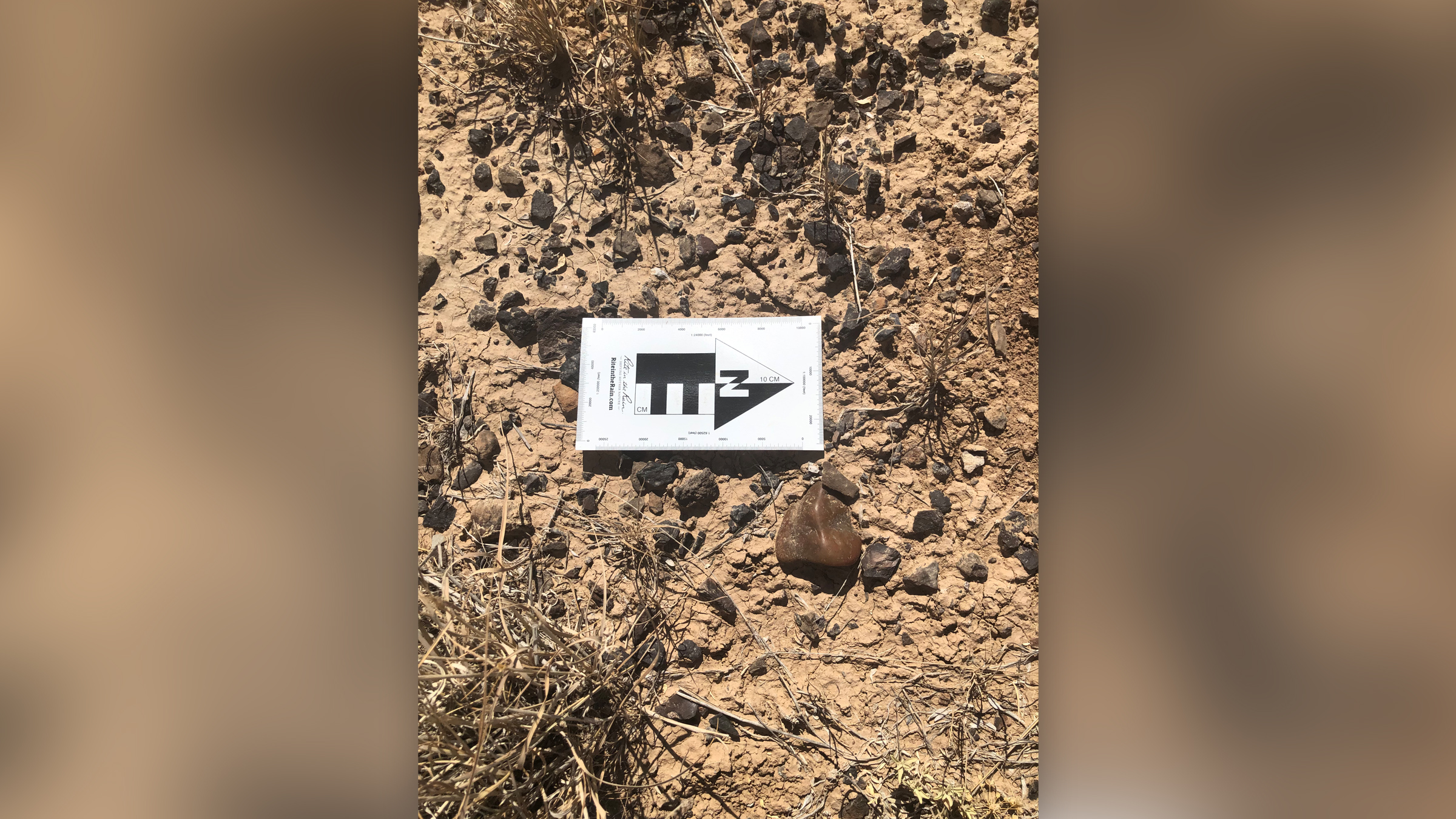
Jurassic road trip
Some of the gastroliths were sizable, which suggests that a large animal swallowed them, Malone said. "I've had one that is larger than my palm, so they can get pretty big," he said. However, the gastroliths he collected weren't associated with any dinosaur fossils, so the team had to determine the most likely paleo candidates.
There are only a few huge dinosaurs whose remains have been found with gastroliths in the Morrison Formation: the meat-eating theropod Allosaurus and the long-necked sauropods Barosaurus, Diplodocus and possibly Camarasaurus, the researchers said. But "because sauropod skeletons greatly outnumber those of Allosaurus throughout the Morrison Formation, and because gastroliths are much more common in sauropods than in large-bodied theropods, we hypothesize that sauropods were the animals most likely responsible for transport of these stones," they wrote in the study.
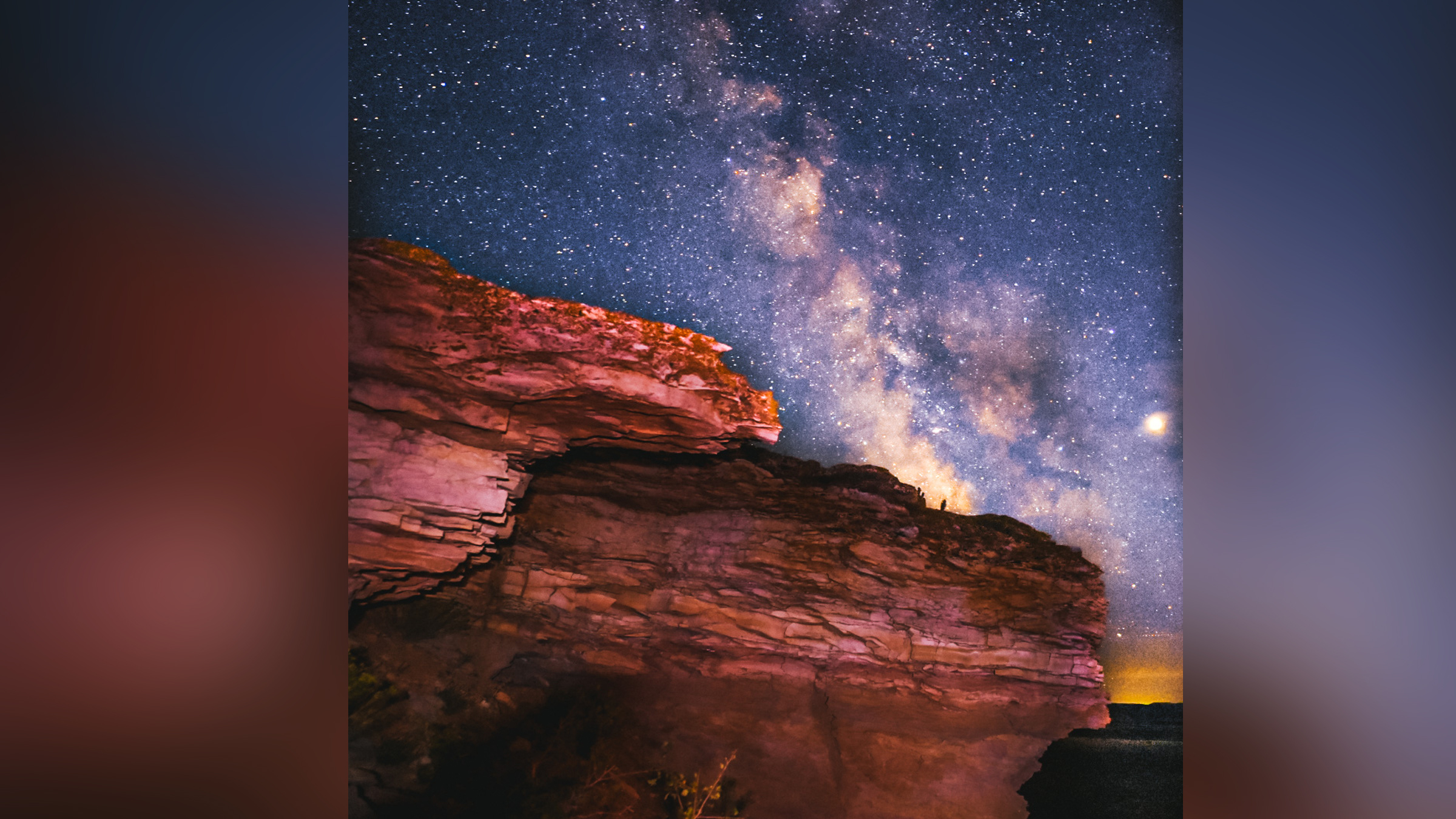
It's likely that these giant sauropods migrated because they had to eat constantly and the rainfall that watered their all-you-can-eat buffet of plants and trees was seasonal in the Morrison Formation, D'Emic told Live Science.
"[Sauropods were] quite big animals, and we know that they moved in herds," said Femke Holwerda, the Elizabeth Nicholls postdoctoral fellow at the Royal Tyrrell Museum of Paleontology in Alberta, Canada, who has studied sauropods but was not involved in the study. "We know from modern, big animals that at some point, after they stay in a locality for a while, they kind of deplete all their resources … so they have to move on, literally, looking for greener pastures."
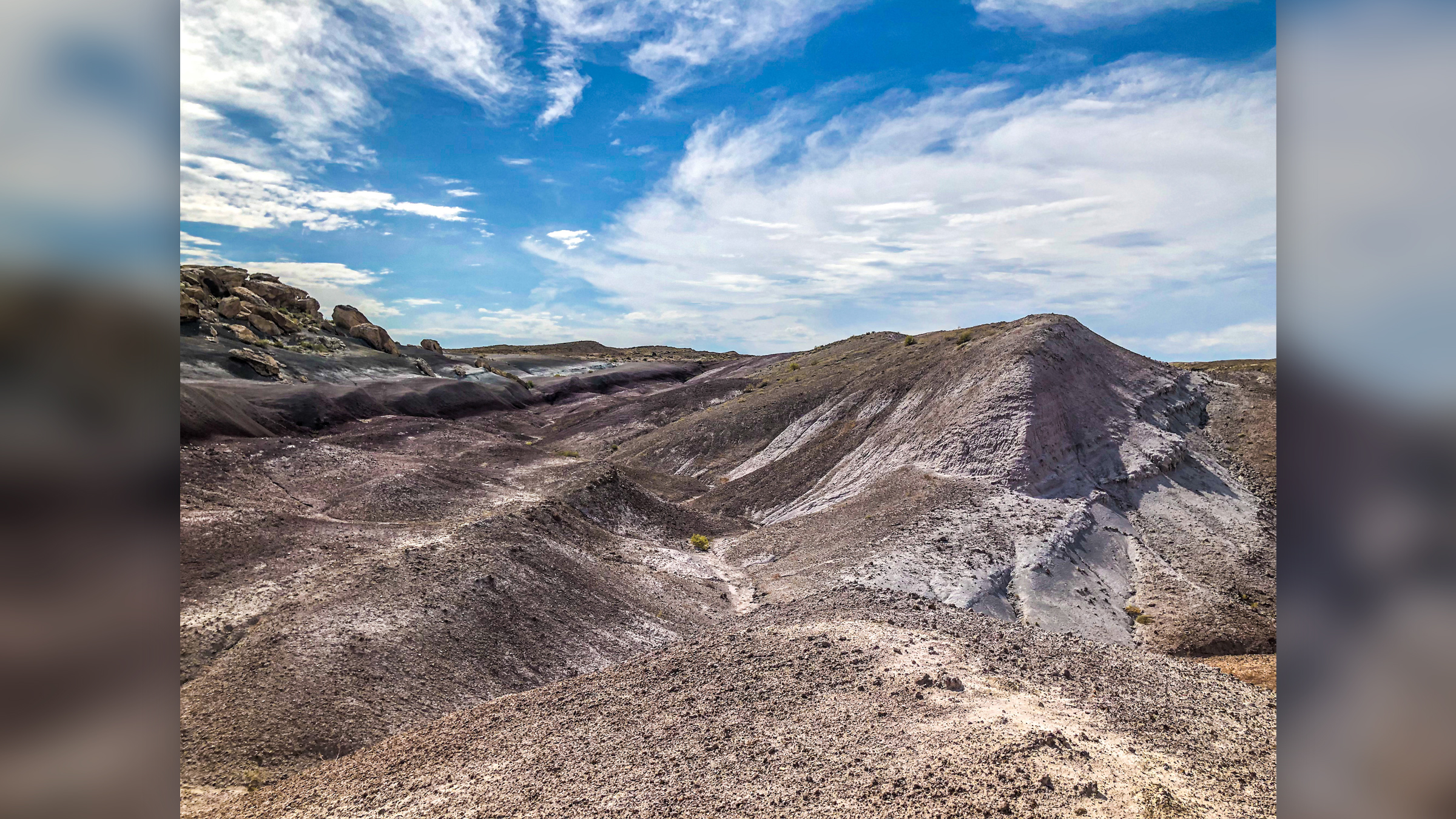
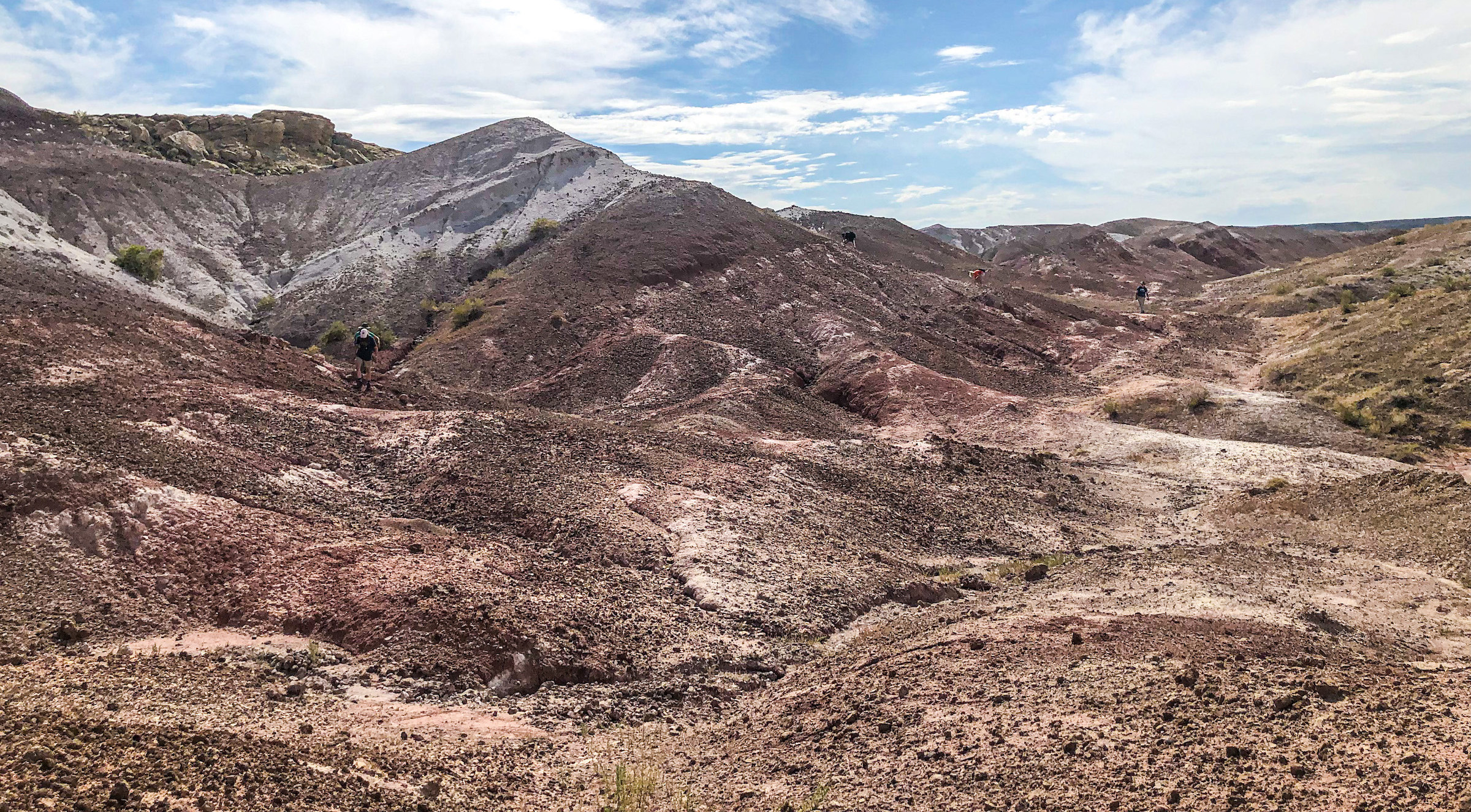
In fact, "migration in these really big dinosaurs has always kind of been suspected," Holwerda told Live Science. A 2011 study published in the journal Nature looked at oxygen isotopes (variants of the element oxygen that have a different number of neutrons in their nuclei) to show that the sauropod Camarasaurus took part in seasonal migrations that were several hundred kilometers long. Meanwhile, a 2020 study in the journal Biology Letters found that some duck-billed dinosaurs whose remains were found in Alberta migrated at least 50 miles (80 km), a distance similar to migrations seen in modern elephants.
It's unclear whether the dinosaurs swallowed these particular gastroliths on purpose, D'Emic noted. Perhaps the sauropods eyed the stones and gulped them down to help grind fibrous plant matter in the digestive tract or to extract minerals from them, or maybe the dinosaurs ingested them by mistake, he said. Either way, the presence of these smooth pink quartzite stones from Wisconsin in Wyoming suggests that these dinosaurs trekked a long way, possibly following a sluggish, late Jurassic stream that flowed westward from the Appalachian Mountains toward Wyoming, the researchers said.
"The stream served as a corridor for dinosaur migration," the researchers wrote in the study, but it was too sluggish to carry such big stones; a dinosaur was likely needed for that, they said.
Originally published on Live Science.

Laura is the archaeology and Life's Little Mysteries editor at Live Science. She also reports on general science, including paleontology. Her work has appeared in The New York Times, Scholastic, Popular Science and Spectrum, a site on autism research. She has won multiple awards from the Society of Professional Journalists and the Washington Newspaper Publishers Association for her reporting at a weekly newspaper near Seattle. Laura holds a bachelor's degree in English literature and psychology from Washington University in St. Louis and a master's degree in science writing from NYU.









